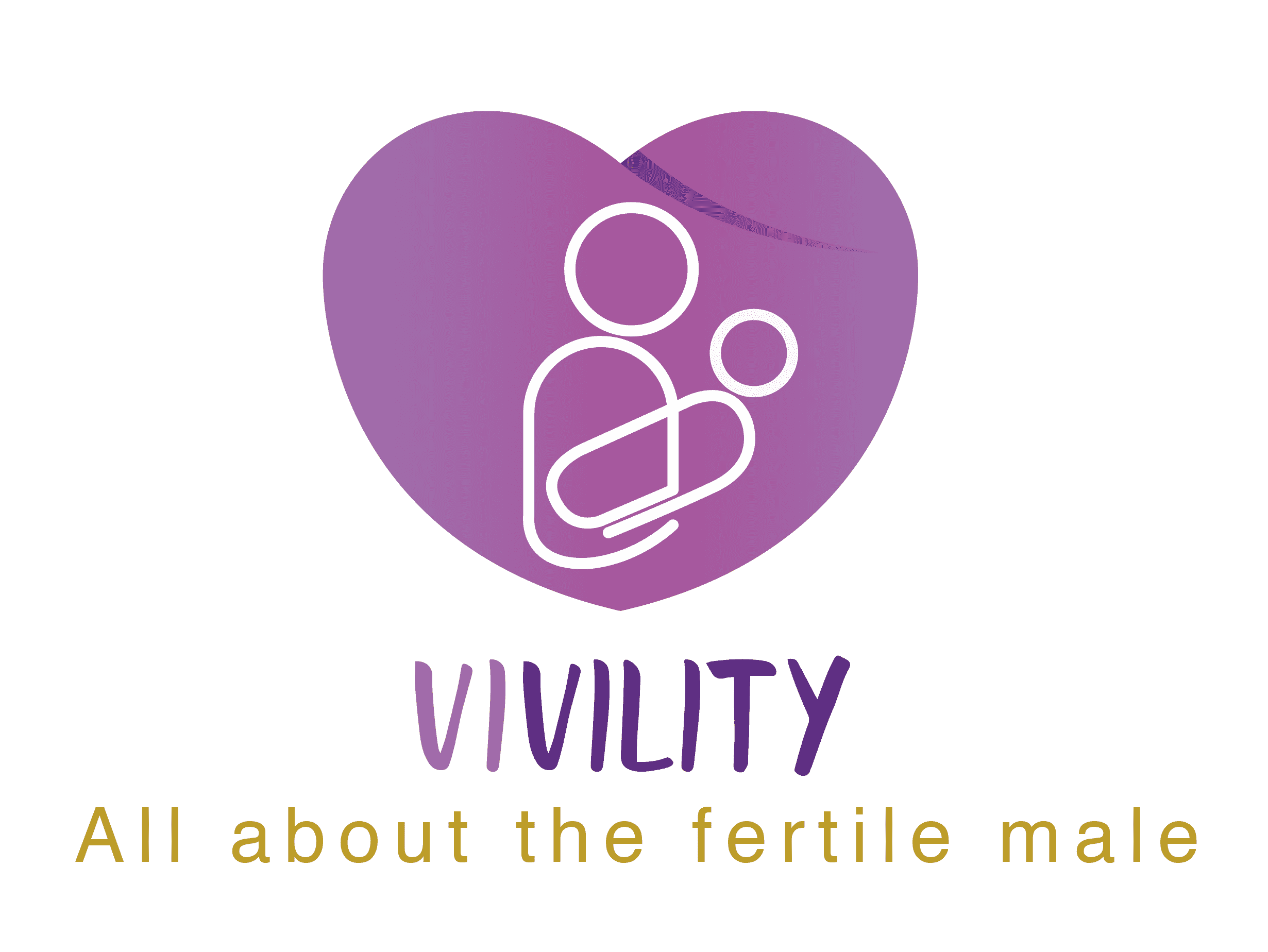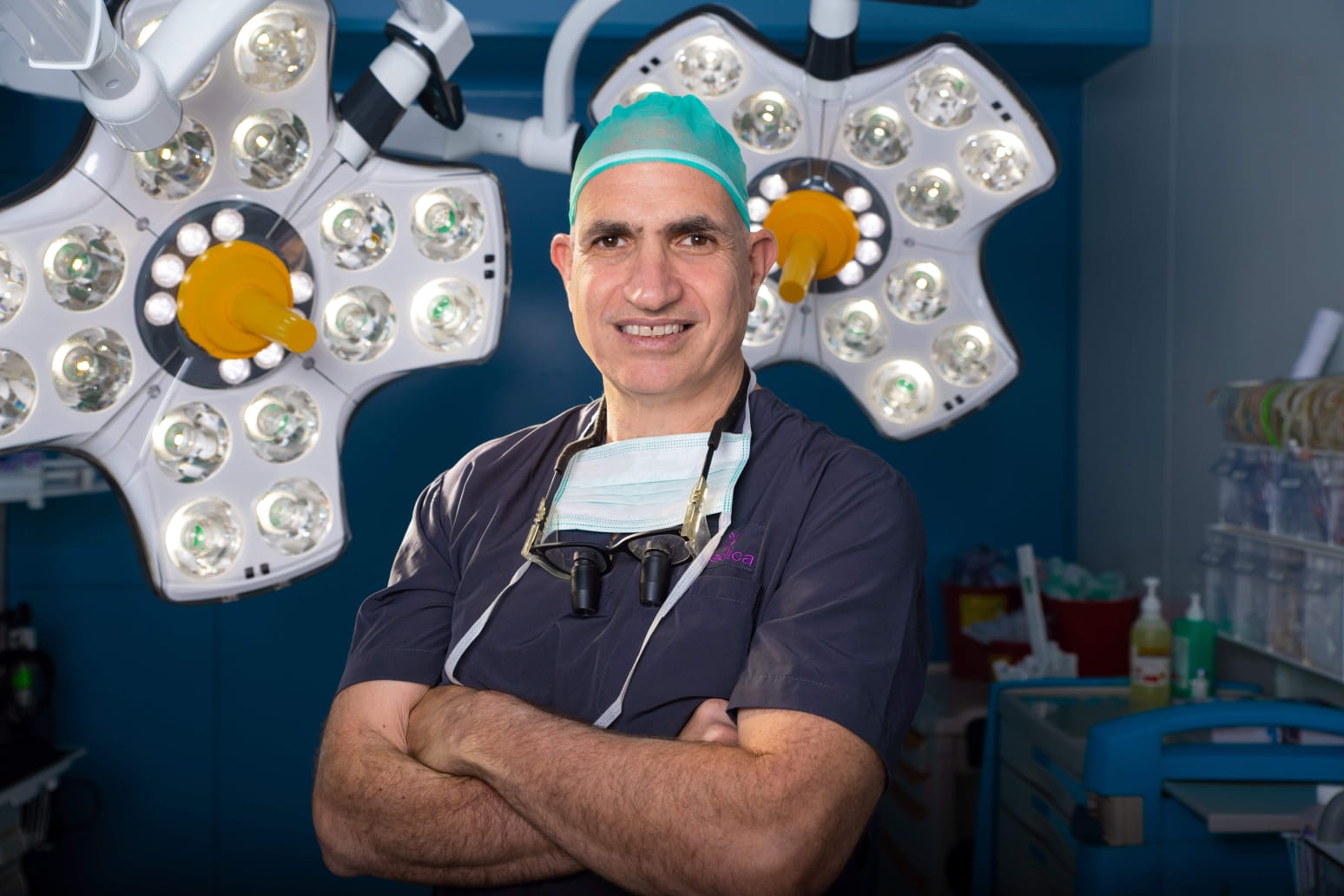Struggling with fertility and came across the term asthenozoospermia? Don’t worry—it might sound complex, but we’re here to break it down. Asthenozoospermia refers to low sperm motility, meaning the sperm don’t swim well enough to reach and fertilize the egg. It’s one of the common causes of male infertility, but the good news is: it’s manageable.
In this article, we’ll explain what asthenozoospermia is, its causes, symptoms you should know, and the treatment options available—so you can feel informed, hopeful, and ready to take the next step toward improving your fertility.
Understanding Asthenozoospermia
What is Asthenozoospermia and Prevalence
Asthenozoospermia is a condition characterized by reduced sperm motility, which can significantly impact male fertility. Sperm motility refers to the ability of sperm to move efficiently through the female reproductive tract to reach and fertilize an egg.
This condition is one of the leading causes of male infertility, affecting approximately 19% of infertile men worldwide. Understanding the prevalence and implications of asthenozoospermia is crucial for those facing fertility challenges.
- Reduced sperm motility affecting fertility.
- Prevalence : Affects 19% of infertile men globally.
Asthenozoospermia Impact on Male Fertility
The impact of asthenozoospermia on male fertility is profound, as it directly affects the sperm’s ability to reach and fertilize an egg. This condition can lead to prolonged periods of trying to conceive without success, causing emotional and psychological stress for couples. The reduced motility of sperm means that even if sperm count is normal, the chances of natural conception are significantly lowered.
- Fertility Challenges : Difficulty in natural conception.
- Emotional Impact : Stress and anxiety in couples.
Types of Asthenozoospermia
Asthenozoospermia can be classified into different types based on the severity of sperm motility reduction. These include mild, moderate, and severe asthenozoospermia. Each type has varying implications for fertility and may require different treatment approaches. Understanding the type of asthenozoospermia is essential for tailoring effective treatment strategies.
- Mild : Slight reduction in motility.
- Moderate : Noticeable motility impairment.
- Severe : Significant motility reduction.
Causes of Low Sperm Motility
Genetic Factors
Genetic factors play a significant role in the development of asthenozoospermia. Certain genetic mutations and chromosomal abnormalities can affect sperm production and motility. These genetic issues can be inherited or occur spontaneously, impacting the overall health and function of sperm.
- Genetic Mutations : Affect sperm production.
- Chromosomal Abnormalities : Impact motility.
Lifestyle Influences
Lifestyle choices can greatly influence sperm motility. Factors such as smoking, excessive alcohol consumption, and poor diet can negatively affect sperm health. Maintaining a healthy lifestyle is crucial for improving sperm motility and overall reproductive health.
- Smoking : Reduces sperm quality.
- Alcohol : Impairs motility.
- Diet : Poor nutrition affects sperm health.
Environmental Contributors
Environmental factors, including exposure to toxins and pollutants, can contribute to low sperm motility. Chemicals found in pesticides, heavy metals, and industrial pollutants can damage sperm and reduce their ability to move effectively.
- Toxins : Damage sperm cells.
- Pollutants : Affect motility.
Medical Conditions
Certain medical conditions, such as diabetes, obesity, and hormonal imbalances, can lead to asthenozoospermia. These conditions can affect the body’s ability to produce healthy sperm and maintain optimal motility.
- Diabetes : Impacts sperm health.
- Obesity : Reduces motility.
- Hormonal Imbalances : Affect sperm production.
Recognizing Asthenozoospermia Symptoms
Difficulty Conceiving
One of the primary symptoms of asthenozoospermia is difficulty conceiving. Couples may try for extended periods without success, leading to frustration and concern. This symptom often prompts individuals to seek medical advice and undergo fertility testing.
- Extended Trying Periods : No conception.
- Frustration : Leads to seeking help.
Abnormal Semen Analysis Results
Abnormal semen analysis results are a key indicator of asthenozoospermia. A semen analysis can reveal reduced sperm motility, which is a critical factor in diagnosing this condition. Regular testing can help monitor sperm health and guide treatment decisions.
- Reduced Motility : Key diagnostic factor.
- Regular Testing : Monitors sperm health.
Associated Health Issues
Asthenozoospermia may be associated with other health issues, such as hormonal imbalances or infections. These underlying conditions can exacerbate sperm motility problems and require comprehensive treatment to improve fertility outcomes.
- Hormonal Imbalances : Affect motility.
- Infections : Exacerbate issues.
Diagnosing Sperm Motility Problems
Semen Analysis Procedure
A semen analysis is the primary diagnostic tool for assessing sperm motility. This procedure involves collecting a semen sample and analyzing it for various parameters, including sperm count, motility, and morphology. The results provide valuable insights into sperm health and fertility potential.
- Sample Collection : Analyzes sperm health.
- Parameters : Count, motility, morphology.
Interpreting Test Results
Interpreting semen analysis results requires expertise, as various factors can influence sperm motility. A healthcare professional can provide a detailed explanation of the results and recommend appropriate treatment options based on the findings.
- Expert Analysis : Understands results.
- Treatment Recommendations : Based on findings.
Additional Diagnostic Tests
In some cases, additional diagnostic tests may be necessary to identify underlying causes of asthenozoospermia. These tests can include hormonal assessments, genetic testing, and imaging studies to provide a comprehensive evaluation of reproductive health.
- Hormonal Assessments : Identify imbalances.
- Genetic Testing : Detects mutations.
- Imaging Studies : Evaluates reproductive health.
Treatment Options for Asthenozoospermia
Lifestyle Modifications
Lifestyle modifications are often the first line of treatment for asthenozoospermia. Improving diet, reducing stress, and avoiding harmful substances can enhance sperm motility and overall fertility. These changes can have a significant impact on reproductive health.
- Diet Improvement : Enhances motility.
- Stress Reduction : Improves fertility.
- Avoid Harmful Substances : Protects sperm health.
Medical Interventions
Medical interventions may be necessary for individuals with severe asthenozoospermia. Medications and hormone therapies can help improve sperm motility and increase the chances of conception. These treatments should be tailored to the individual’s specific needs.
- Medications : Improve motility.
- Hormone Therapies : Enhance fertility.
Assisted Reproductive Techniques
Assisted reproductive techniques, such as in vitro fertilization (IVF) and intracytoplasmic sperm injection (ICSI), can be effective for individuals with asthenozoospermia. These techniques bypass natural barriers to conception and increase the likelihood of successful fertilization.
- IVF : Bypasses natural barriers.
- ICSI : Direct sperm injection.
Surgical Approaches
In some cases, surgical approaches may be necessary to address underlying issues contributing to asthenozoospermia. Procedures such as varicocele repair can improve blood flow to the testes and enhance sperm motility.
- Varicocele Repair : Improves blood flow.
- Surgical Interventions : Address underlying issues.
Managing Fertility Challenges
Emotional Support Strategies
Managing the emotional impact of fertility challenges is crucial for individuals and couples facing asthenozoospermia. Emotional support strategies, such as counseling and support groups, can provide valuable assistance and help individuals cope with the stress of infertility.
- Counseling : Provides emotional support.
- Support Groups : Share experiences.
Alternative Therapies
Alternative therapies, such as acupuncture and herbal supplements, may offer additional support for individuals with asthenozoospermia. These therapies can complement traditional treatments and promote overall well-being.
- Acupuncture : Enhances fertility.
- Herbal Supplements : Support reproductive health.
Seeking Professional Guidance
Seeking professional guidance from fertility specialists is essential for individuals with asthenozoospermia. These experts can provide personalized treatment plans and offer insights into the latest advancements in fertility care.
- Fertility Specialists : Provide expert advice.
- Personalized Treatment Plans : Tailored to individual needs.
Asthenozoospermia and Infertility
Correlation Between Sperm Motility and Conception
There is a strong correlation between sperm motility and the ability to conceive. Reduced motility can significantly decrease the chances of natural conception, making it a critical factor in fertility assessments.
Success Rates with Various Treatments
Success rates for treating asthenozoospermia vary depending on the treatment approach and individual circumstances. Assisted reproductive techniques often offer higher success rates, especially for those with severe motility issues.
- Varied Success Rates : Based on treatment.
- Higher Success with ART : For severe cases.
Long-term Prognosis
The long-term prognosis for individuals with asthenozoospermia depends on the underlying causes and the effectiveness of treatment. With appropriate interventions, many individuals can achieve successful conception and improve their fertility outcomes.
- Depends on Causes : Affects prognosis.
- Successful Conception : With appropriate treatment.
Prevention Strategies
Maintaining a Healthy Lifestyle
Maintaining a healthy lifestyle is a key prevention strategy for asthenozoospermia. Regular exercise, a balanced diet, and avoiding harmful substances can promote optimal sperm health and reduce the risk of motility issues.
- Regular Exercise : Promotes sperm health.
- Balanced Diet : Supports fertility.
- Avoid Harmful Substances : Reduces risk.
Avoiding Environmental Toxins
Avoiding exposure to environmental toxins is crucial for preventing asthenozoospermia. Limiting contact with harmful chemicals and pollutants can protect sperm health and enhance reproductive outcomes.
- Limit Exposure : To harmful chemicals.
- Protect Sperm Health : From pollutants.
Regular Health Check-ups
Regular health check-ups are essential for monitoring reproductive health and identifying potential issues early. Routine screenings can help detect asthenozoospermia and other fertility-related conditions, allowing for timely intervention.
- Routine Screenings : Detect issues early.
- Timely Intervention : Improves outcomes.
Final Thoughts
Asthenozoospermia is a complex condition that requires a comprehensive understanding of its causes, symptoms, and treatment options. By exploring the various factors that contribute to low sperm motility and the available interventions, individuals can make informed decisions about their fertility journey.
With ongoing research and advancements in treatment, there is hope for those affected by asthenozoospermia to achieve successful conception and build the families they desire.
Frequently Asked Questions
Can asthenozoospermia be cured?
Asthenozoospermia can often be managed but not always cured. Treatment focuses on improving sperm motility and addressing underlying causes. With appropriate interventions, many individuals can achieve successful conception.
How does asthenozoospermia affect natural conception?
Asthenozoospermia affects natural conception by reducing sperm motility, making it difficult for sperm to reach and fertilize an egg. This condition significantly lowers the chances of natural conception, often requiring medical intervention.
What lifestyle changes can improve sperm motility?
Lifestyle changes such as maintaining a healthy diet, exercising regularly, and avoiding harmful substances can improve sperm motility. These changes promote overall reproductive health and enhance fertility outcomes.
Is IVF always necessary for asthenozoospermia?
IVF is not always necessary for asthenozoospermia, but it can be an effective option for severe cases. Other treatments, such as lifestyle modifications and medications, may be sufficient for mild to moderate cases.
Can asthenozoospermia be inherited?
Asthenozoospermia can have a genetic component, meaning it may be inherited. Genetic mutations and chromosomal abnormalities can contribute to the condition, highlighting the importance of genetic screening in diagnosis and treatment.


